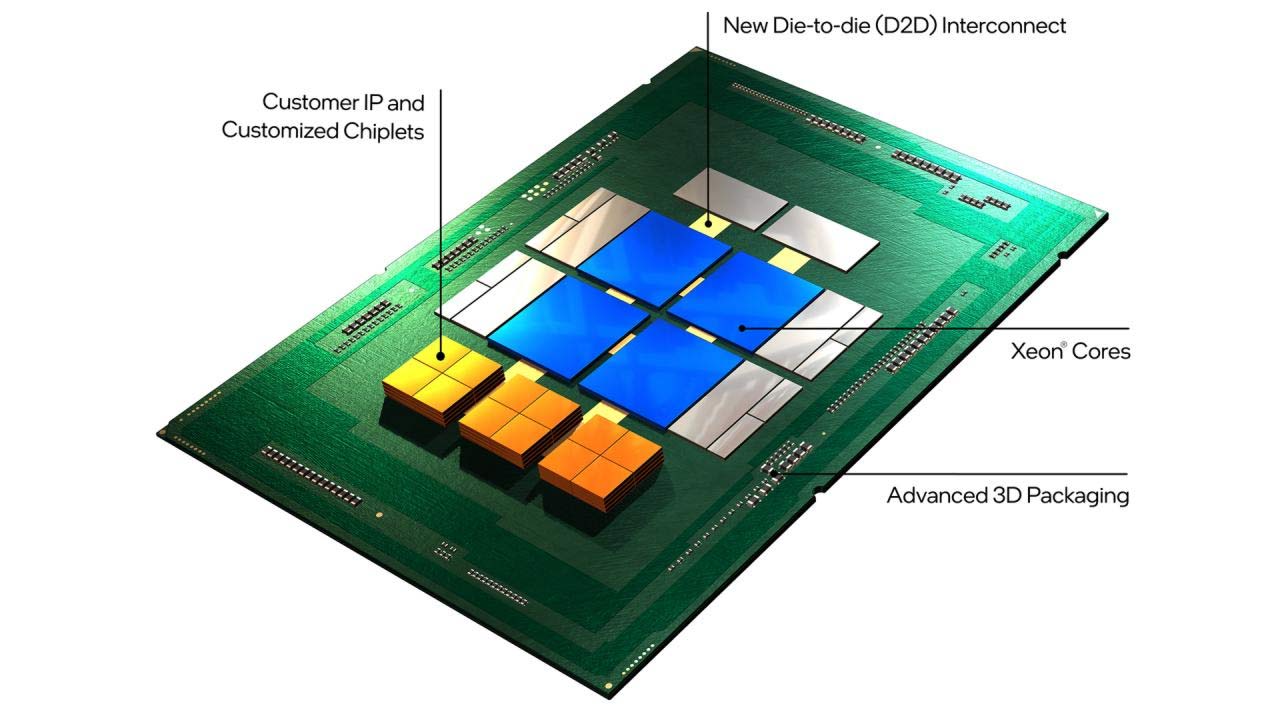Intel Promotes RISC-V, Pledges $1B to Help Chip Startups
IFS is, Intel boasts, the only foundry optimised for x86, Arm and RISC-V.
Intel has announced that it has prepared a sizable fund to help companies large and small, new and old, to build disruptive technologies using Intel Foundry Services (IFS). The new $1 billion investment fund aims to speed customer time to market, using the latest innovative chip architectures and advanced packaging technologies. Moreover, it isn't going to be fussy about architecture support, and to help realize its vision IFS is readily embracing multiple instruction set architectures (ISAs), spanning x86, Arm and RISC-V.
Intel foresees an increase in chip architects wishing to use advanced 3D packaging technologies and adopt modular designs, sometimes using multiple ISAs in one chip, as part of a wider trend from System on Chip to System on Package architectures. With the free and open RISC-V ISA enjoying momentum among foundry customers and chip architects, Intel must embrace these customers or perhaps lose them. It has sensibly chosen the former option, and the $1 billion fund shows how serious Intel CEO Pat Gelsinger is about his IDM 2.0 strategy.
"Foundry customers are rapidly embracing a modular design approach to differentiate their products and accelerate time to market," said Intel CEO, Pat Gelsinger, providing some context to the investment announcement. "Intel Foundry Services is well-positioned to lead this major industry inflection. With our new investment fund and open chiplet platform, we can help drive the ecosystem to develop disruptive technologies across the full spectrum of chip architectures."
You might be wondering exactly how the $1 billion will be used by IFS to promote its services. In summary, there will be three main avenues of fund spending: investments in disruptive startups, investments to help partners scale, and investments in the ecosystem to accelerate disruptive tech and broadly support IFS customers.

RISC-V Business, High Praise
In tandem with the Intel announcement, outlined above, RISC-V International has welcomed Intel as a premier member of the development community, as well as on to the Board of Directors, "to collaborate on RISC-V IP and contribute engineering expertise to accelerate RISC-V software development."
As we know, Intel makes many of the best CPUs and they all have x86 architecture. So seeing team Blue promote RISC-V echoes the vibes from the Microsoft Loves Linux announcements seven or eight years ago. Specifically, Intel praises RISC-V for its "level of scalability and customization that is unique in the industry." Funding will be readily available to help disruptive companies use RISC-V cores, create RISC-V chiplets, and sponsor the rich open-source software ecosystem which is another attractive quality of this open ISA. On the topic of software, we recently reported on Intel looking to enable its discrete GPU drivers on Arm and RISC-V.
Intel's cozying-up with RISC-V doesn't come out of nowhere, as it announced the Nios Soft Processors with RISC-V Instruction Set last October.
Get Tom's Hardware's best news and in-depth reviews, straight to your inbox.
Open Interconnect Standard
Intel says that it is partnering with other industry leaders for an open standard die-to-die interconnect that allows chiplets to communicate with each other at high speeds. With its experience of driving forward USB, PCI Express and CXL, Intel feels well qualified to advance this development.
At this time, the open interconnect standard and open chiplet platform are both seeing strong momentum with customers. Intel reckons it is positioned to truly tap into the power of new modular architectures thanks to these initiatives.

Mark Tyson is a news editor at Tom's Hardware. He enjoys covering the full breadth of PC tech; from business and semiconductor design to products approaching the edge of reason.